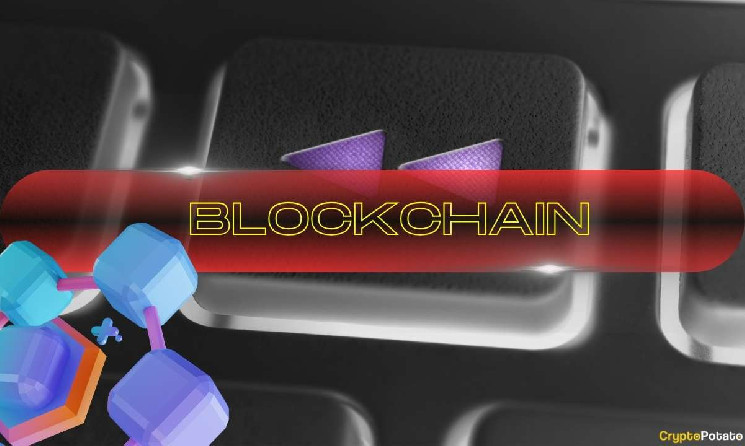The crypto and blockchain industry is begging for progress in innovation. With new trends constantly emerging in the digital asset landscape, a hidden gem that leverages a core blockchain mechanism could become a major driver in linking crypto to the real world.
By Asif Kamal, Founder of Artfi

The crypto ecosystem is on the cusp of its next big breakthrough, and blockchain is the key to moving the industry forward. Tokenization, a core feature of blockchain, will play an important role in bridging traditional finance with DeFi while creating an intersection between the crypto industry and a trillion-dollar market.
Let’s take a step back and put the evolution of the ecosystem in chronological order:
It feels like forever ago when the total market cap of cryptocurrencies approached $3 trillion. The crypto ecosystem was focused on the price action of coins and tokens rather than building the next big thing, with the digital asset market seeing double-digit gains on a daily basis.
Then the infamous ‘crypto winter’ arrived. Triggered by the collapse of a major stablecoin – a special type of cryptocurrency that is supposed to maintain a value of $1 – the market’s decline was only accelerated when FTX, the then largest US cryptocurrency exchange, went up in flames.
At its lowest point, more than $2 trillion was wiped from the crypto space. Interest from the traditional financial sector disappeared (along with capital inflows) and new trends – such as non-fungible tokens (NFTs) – have essentially turned into an internet joke. That’s when the industry realized it needed more than price action to thrive again.
Decentralized finance craves innovation, development and non-stop construction, and this is especially true when price tickers are no longer the focus. Fortunately, the crypto ecosystem has a solid foundation. With its transparency, immutability and traceability, blockchain provides the necessary infrastructure to build the next best thing. Its core functionality, the ability to prove digital ownership, has become critical in the quest for innovation.
Important realization
Another DeFi realization that emerged during the long crypto winter was the fact that DeFi – one way or another – needs traditional finance to survive. A decentralized financial system that is completely separate from the rest of the world is a utopia. There is no real value in trying to avoid governments and established laws to create a new market in uncharted territory. The sooner crypto and DeFi find their way to work alongside TradFi, the better.
The search for DeFi use cases that have their roots in traditional finance has led to a new trend called asset tokenization. It’s essentially about creating a digital twin of a traditional asset in a blockchain environment. Unlike standard digitalization, tokenization of an asset enables true digital ownership: a verifiable privilege that can be transferred or fractionated.
It quickly became clear that most assets from the traditional financial world, including real estate, fine art and even intellectual property, could be considered “real-world assets” (RWAs) that could be tokenized on blockchain.
Facilitated by the core principles of blockchain (tokenization), this new form of ownership has the potential to become the most active bridge between traditional finance and the crypto ecosystem. It already shows that the RWA category will see the fastest growth in decentralized finance by 2023, with the total value on RWA-related DeFi platforms increasing by 1,000% in a year and exceeding $5 billion.
It’s a win-win situation
For the traditional financial sector, tokenizing assets dramatically lowers the barrier to entry into markets that the general population previously found impossible to participate in. Just as anyone can own or trade a small portion of one Bitcoin, they can now do the same with a fraction of a million dollar building or an art object tokenized on blockchain.
For the crypto ecosystem, RWA tokenization can bring much-needed capital back to the market. As of November 2023, we can say with certainty that the crypto market is already starting to dust itself off. With capitalization heading towards $1.5 trillion, the crypto industry has doubled its value from its lowest point in less than a year. However, it is also clear that the next $1.5 trillion will not happen without innovation. Connecting the digital asset market with real-world assets through tokenization could become the catalyst we are looking for.
Author biography
Asif Kamal is the founder of Artfian art technology company that harnesses the power of NFTs and blockchain to let collectors own a stake in works of art.

